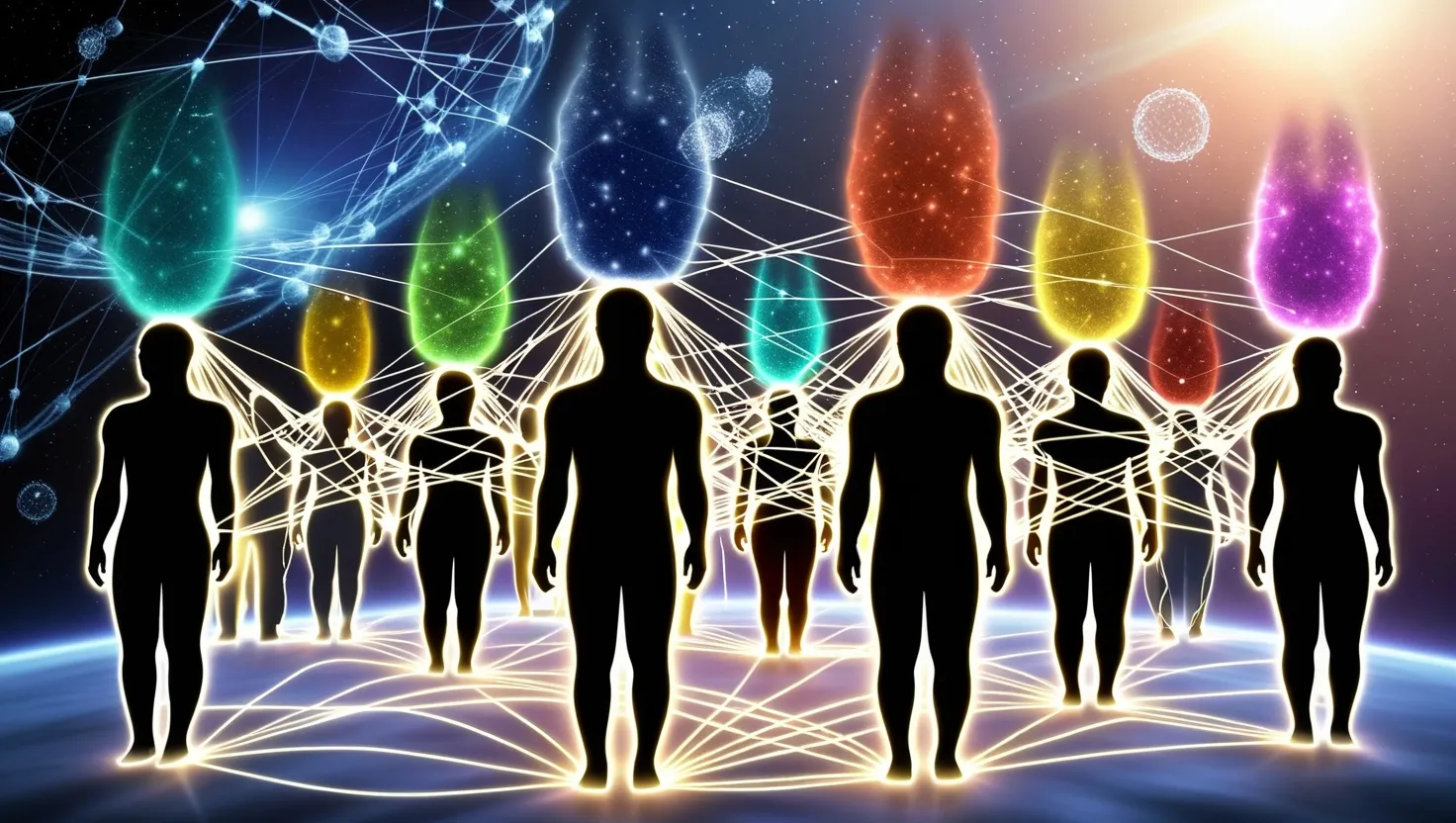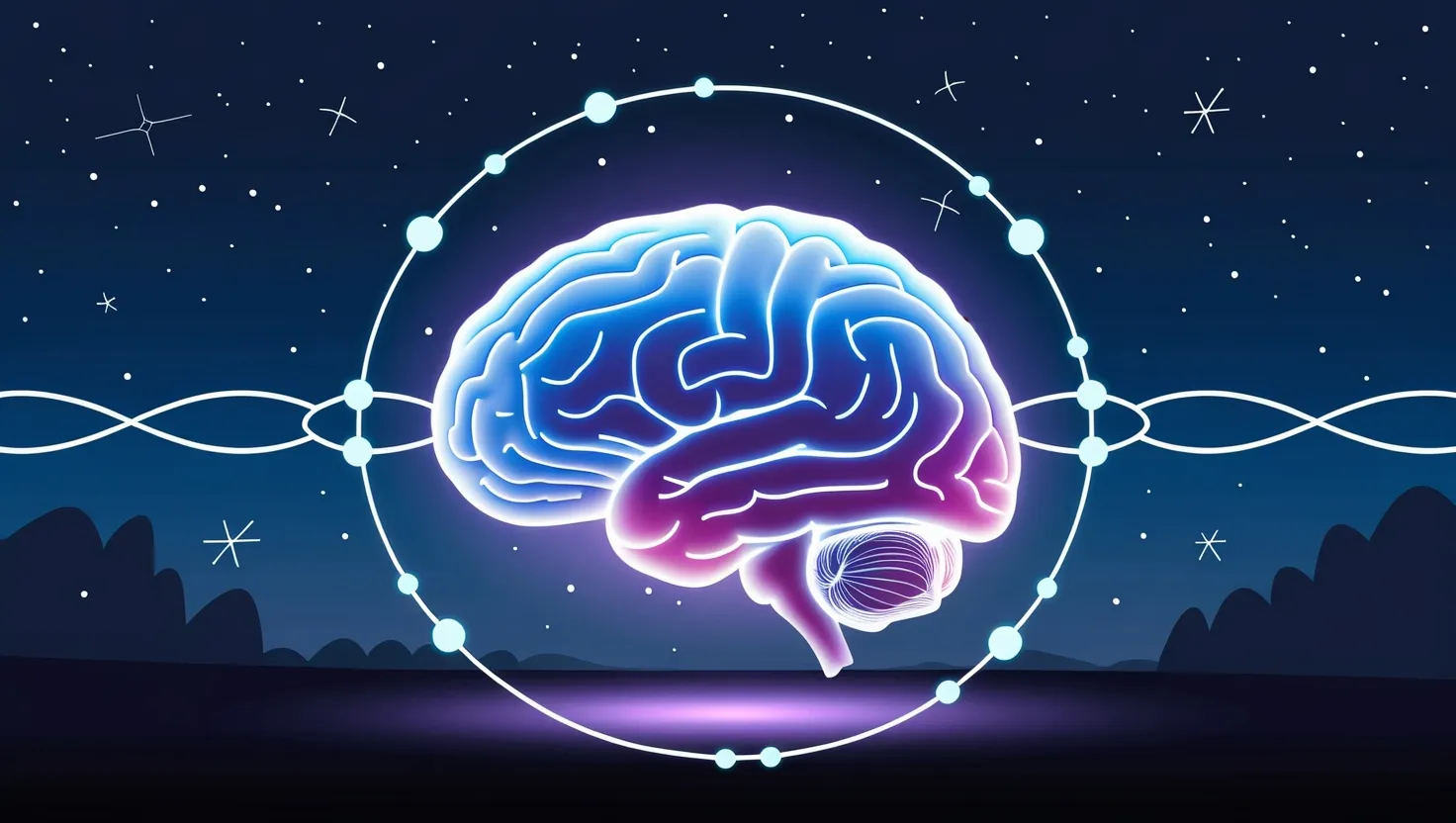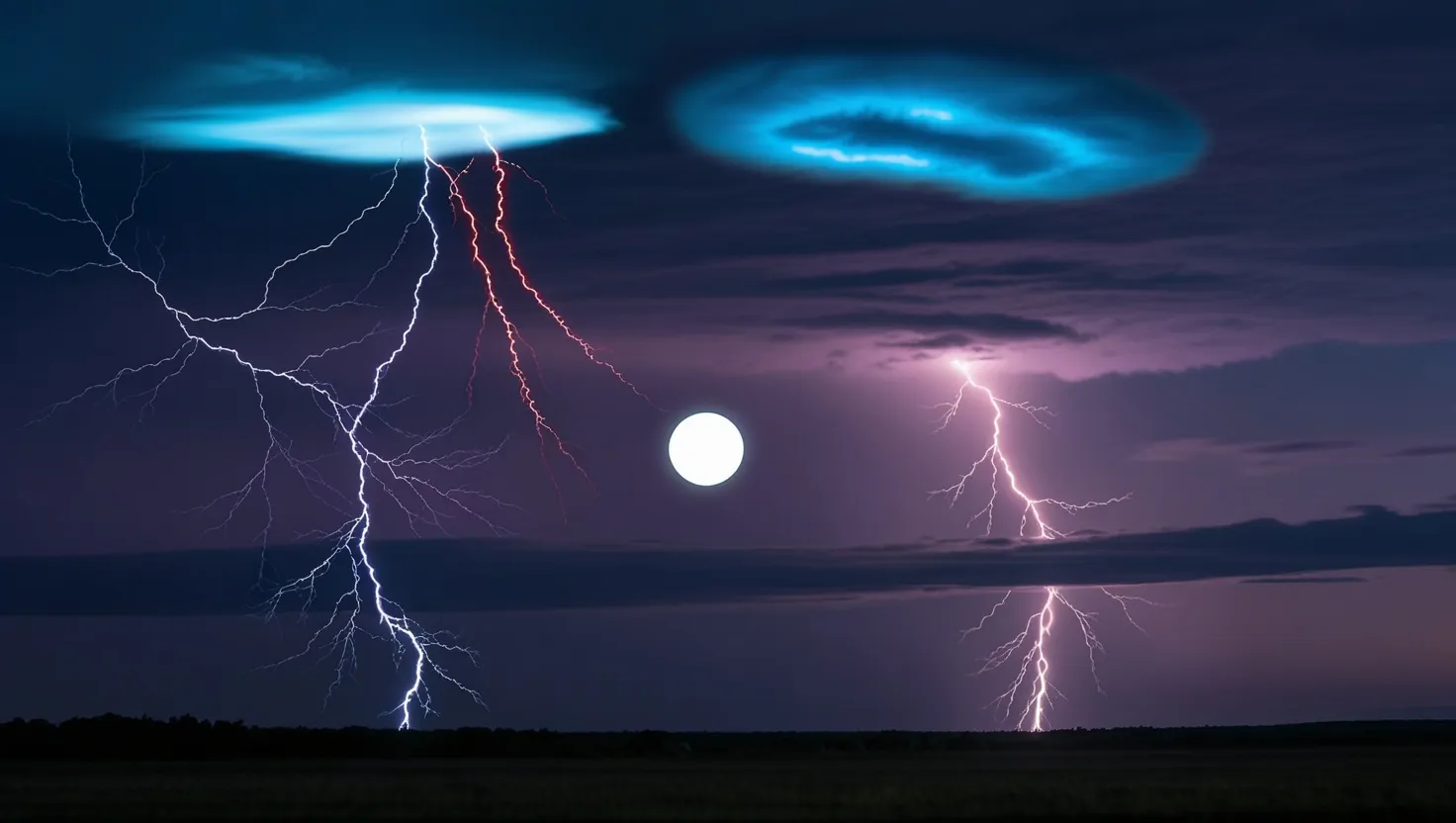Imagine a world where emotions are not just personal experiences, but part of a vast, interconnected web that spans across humanity. This intriguing concept, often referred to as the Quantum Empathy Network, suggests that our feelings could be entangled, allowing us to unconsciously share and influence each other’s emotional states, regardless of the distance between us.
To understand this idea, let’s delve into the principles of quantum entanglement. In the quantum world, particles can become linked in such a way that the state of one particle instantly affects the state of the other, even if they are separated by vast distances. This phenomenon has been extensively studied and confirmed in various scientific experiments.
Now, apply this concept to human emotions. The Quantum Empathy Principle proposes that conscious systems, such as humans, can be described by their own quantum states. This means that the emotional states of two individuals could potentially become entangled, creating a direct connection between their feelings[1].
Picture a scenario where you’re watching a heart-wrenching movie, and suddenly, you feel a deep sense of sadness. This feeling isn’t just yours; it could be influenced by the collective emotional state of others who have watched the same movie or are experiencing similar emotions at that moment. This shared emotional experience could be a manifestation of quantum entanglement in the realm of human feelings.
But how does this work? One possible explanation involves the use of advanced technologies like electroencephalography (EEG) and transcranial magnetic stimulation (TMS). These tools could potentially capture and manipulate brain waves, allowing for the entanglement of neurological patterns between two individuals. This would mean that the thoughts and feelings of one person could be directly connected to another, fostering a deeper level of empathy and understanding[2].
The implications of such a network are profound. It could explain phenomena like mass panic or collective euphoria during large events. For instance, during a major sports event, the excitement and joy felt by one person could instantly resonate with others, creating a shared emotional experience that transcends physical distance.
This concept also raises interesting questions about conflict resolution and global empathy. If we could tap into this emotional web intentionally, could we use it to prevent conflicts or boost global understanding? Imagine a world where diplomats could directly experience the emotions and perspectives of their counterparts, leading to more empathetic and effective negotiations.
In the realm of psychology and counseling, this technology could revolutionize how therapists connect with their clients. By directly feeling what their clients are experiencing, therapists could provide more compassionate and effective support. This deeper level of empathy would help professionals understand their clients’ feelings and thoughts more accurately, leading to better treatment outcomes[2].
However, developing this technology is a significant challenge. Scientists would need to create devices that can accurately manipulate and observe the complex quantum states within the human brain. This requires major advancements in several fields, including neuroscience, quantum physics, and engineering.
Despite the challenges, the potential benefits are immense. If we could harness the power of quantum entanglement to connect human emotions, we might create a more compassionate and understanding society. It’s a fascinating idea that blurs the lines between science and spirituality, suggesting that our emotions are not isolated but part of a larger, interconnected whole.
This idea is not just speculative; it draws on contemplative practices such as mindfulness and reflexivity, which have long suggested that there is a deeper connection between individuals. These practices aim to close the gap between self and other, fostering a sense of global transcendence and unity[5].
In a digital age where customer experiences are often reduced to numbers and graphs, the concept of quantified empathy becomes relevant. This approach combines the emotional connection of face-to-face interactions with the quantification of customer experiences. By humanizing data, companies can better understand and address customer struggles, much like how therapists could use quantum empathy to understand their clients’ emotions[3].
The Quantum Empathy Network is a mind-bending concept that challenges our traditional understanding of emotions and human connections. While it may seem like the stuff of science fiction, it is rooted in the principles of quantum physics and has the potential to revolutionize how we interact with each other. Whether we are unwitting participants in a cosmic empathy experiment or simply exploring the boundaries of human connection, this idea invites us to reconsider the power and interconnectedness of our emotions.
In the end, the Quantum Empathy Network is more than just a theory; it’s a call to explore the hidden connections that bind us all. It suggests that our emotions are not solitary experiences but part of a vast, invisible web that weaves humanity together. As we continue to delve into the mysteries of quantum physics and human consciousness, we may uncover secrets that could change the way we understand ourselves and each other forever.






